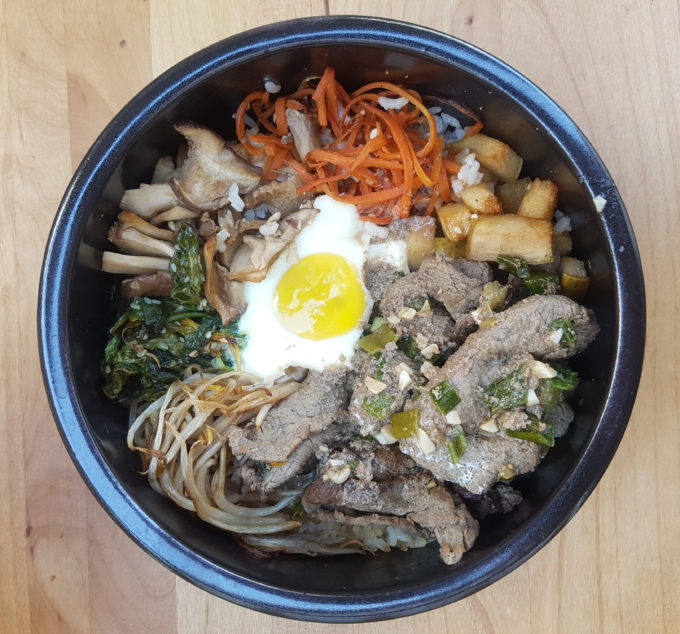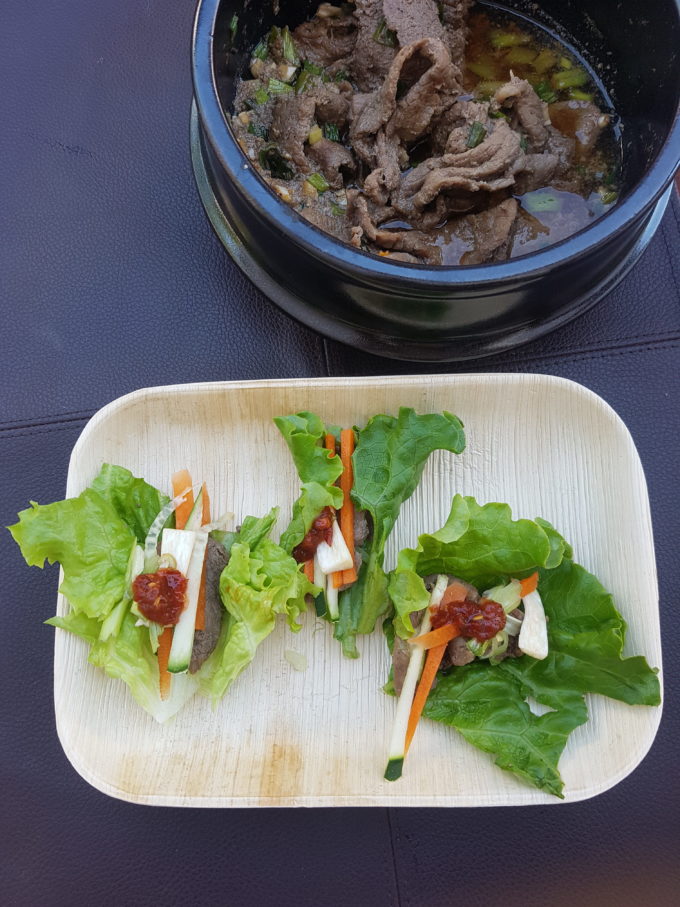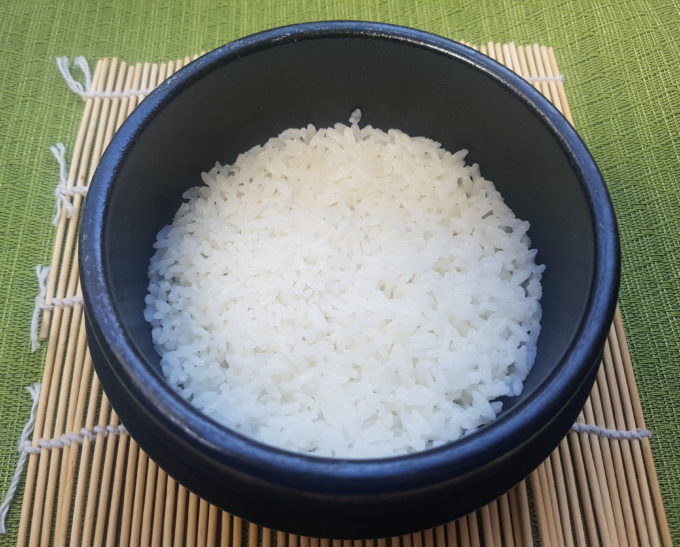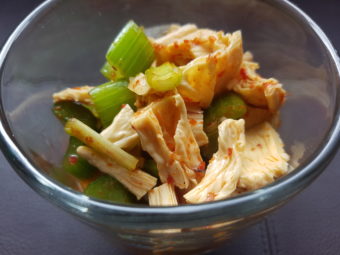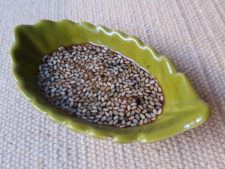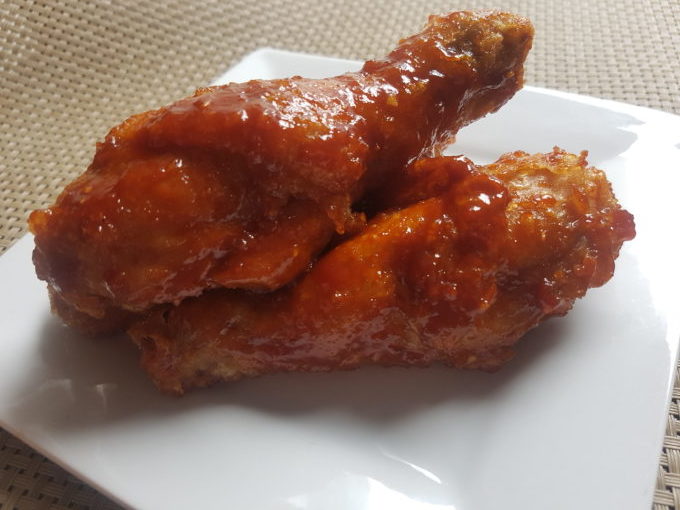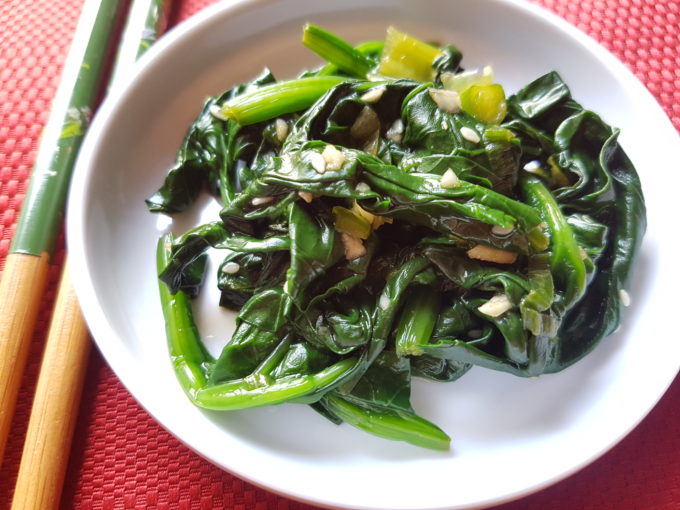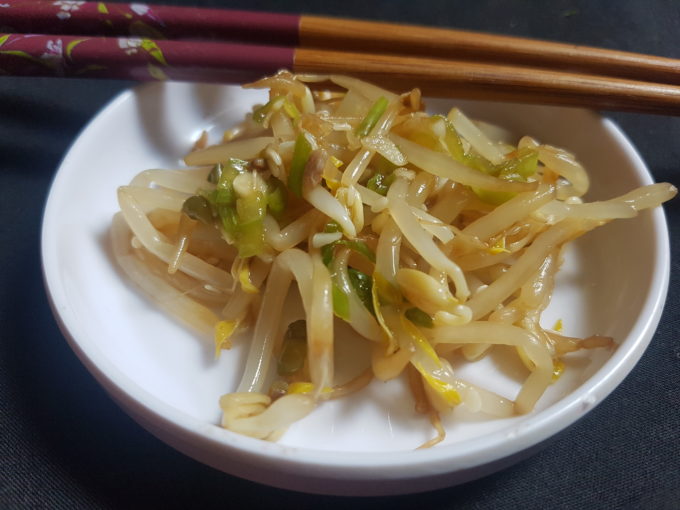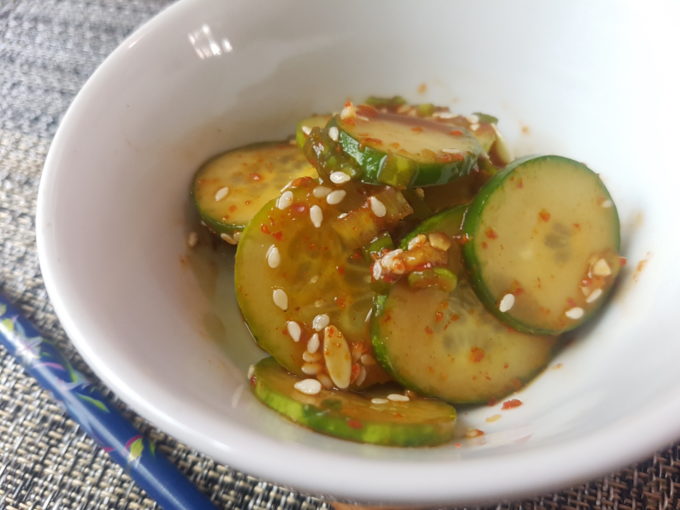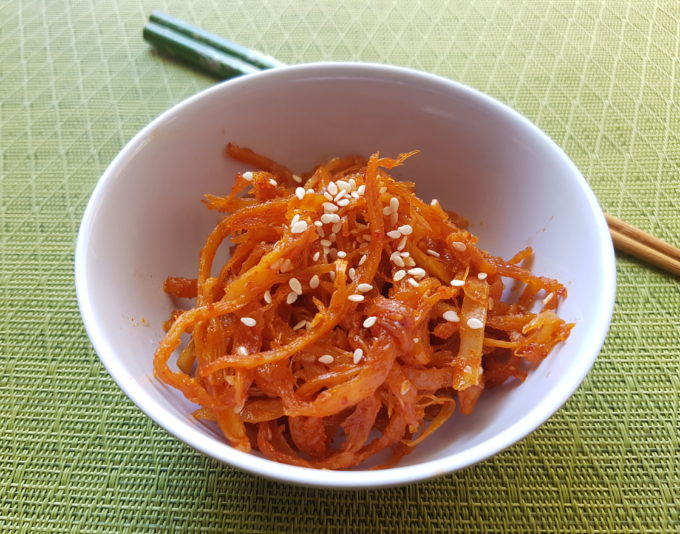Bibimbap is an incredibly versatile dish. Meaning literally ‘Mixed Rice,’ it is perfect for left overs or pre-made banchan. You simply add your desired sauteed, steamed or fermented vegetables of choice, typically along with bolgogi beef, to a hot bowl of crisping rice, and top it with a poaching egg. Although the meat and vegetables […]
Read moreThis incredibly easy to make recipe is a fan favorite of both adults and children. It doesn’t require very many ingredients, all easy to come-by, or any special equipment. …Although using a dolsot or ddukbaegi pot sure is fun! The name Bulgogi (불고기) comes simply from the Korean’bul’ for fire and ‘gogi’ for Meat. You […]
Read moreFirst, let’s distinguish the difference between a dolsot, a stone pot with a stone or wooden lid, and a ddukbaegi (sometimes written ttukbaegi), a ceramic pot that typically comes with no lid, although they are available. Besides the obvious appearance, the price tag is one of the first major differences. Here in Anchorage, and it […]
Read moreThis recipe was created after my recent discovery of dried bean curds. There are a lot of recipes floating around for simple salads and soups using these tofu skins, but I so much enjoy kkakdugi (Quick Korean Radish Kinchi) that I thought for sure you could use bean curd sticks for a similar snack. After […]
Read moreThis sauce is a SUPER EASY staple to have in your repertoire. Perhaps you’ll measure for the first few times you make it, but soon enough you will find that you can easily toss together a rough proportion, or even experiment with some of your other favorite flavors, (try adding ginger or substituting ponzu!) for […]
Read moreFirst off, always give credit where credit is due. Although there are some subtle changes that make this recipe my own, I definitely used Anthony Bourdain’s recipe as a major leaping off point. As soon as I read that he uses a two day technique with a partial fry and a freeze in the middle, […]
Read moreSigeumchi-namul 시금치나물, from sigeumchi for spinach and namul because it is a vegetable dish, is one of the most common banchan (Korean side dish), and also one of the easiest! Best of all it isn’t spicy, so everyone can enjoy it! It’s funny to me that even as a family that isn’t particularly fond of […]
Read more“What is the Korean name for this dish?” you ask. Well that depends on what kind of bean sprouts you use. First and foremost this dish is a namul (나물) , referring to a steamed, stir-fried, or marinated vegetable dish. However, sukju-namul is the name for bean sprouts in general. Now soy bean sprouts are […]
Read moreOi-muchim (오이무침): oi for cucumber and muchim for mixed or tossed, this quick Korean side dish is very common as a snack and of-course a banchan for any meal or special bapsang. (Sometimes it is also written as Oi Saengche (오이생채) from the Chinese influenced Korean writing for live vegetable since it is not ‘dead’/cooked.) […]
Read moreOjingeo means squid, and chae means shredded or julienne so Ojingeochae (오징어채) is dried squid strips, and then you add muchim (무침) meaning mixed to title the dish. As the second half of the name implies the sauce and the dried squid strips, (already processed with salt and sometimes sugar,) are simply mixed together and […]
Read more
